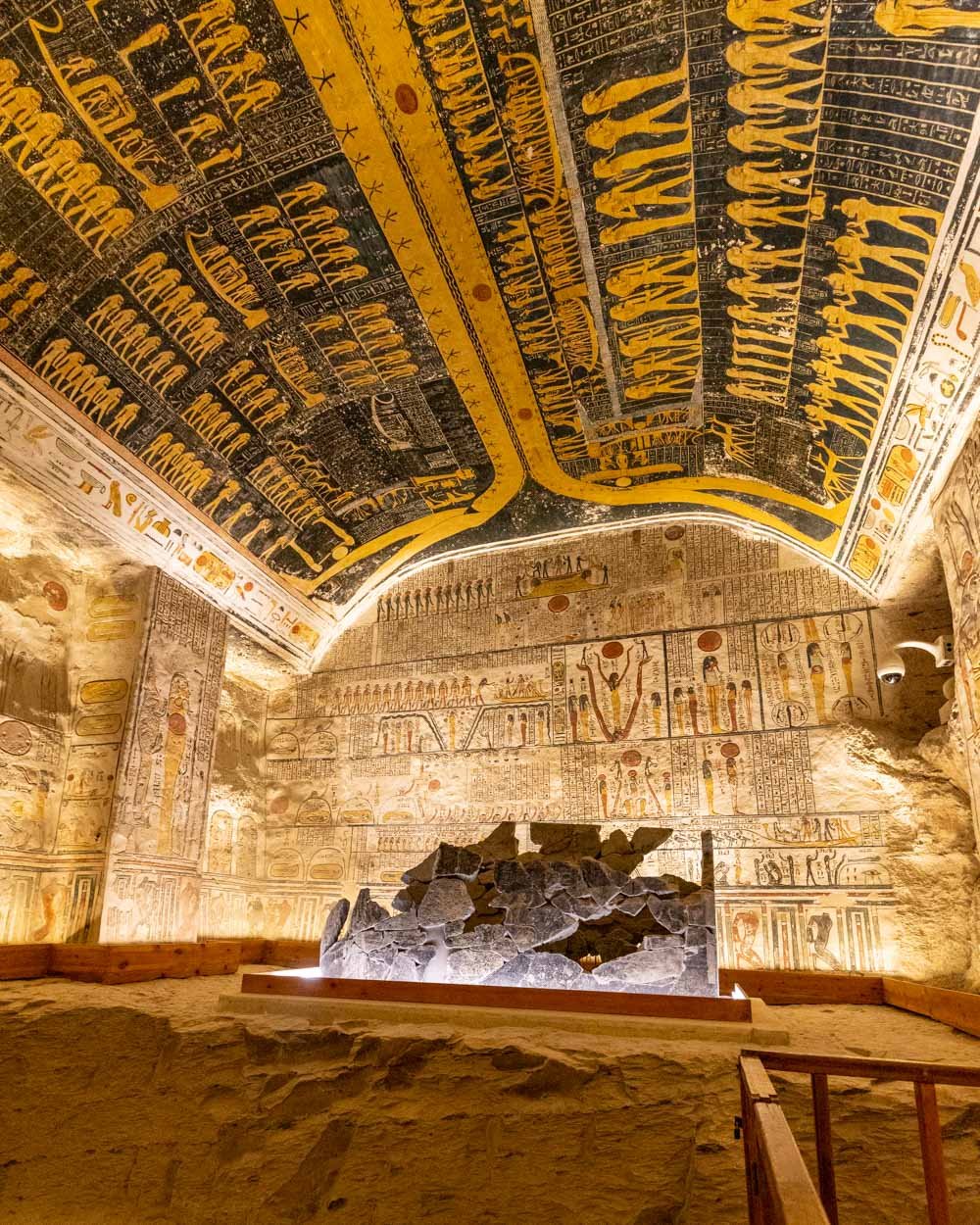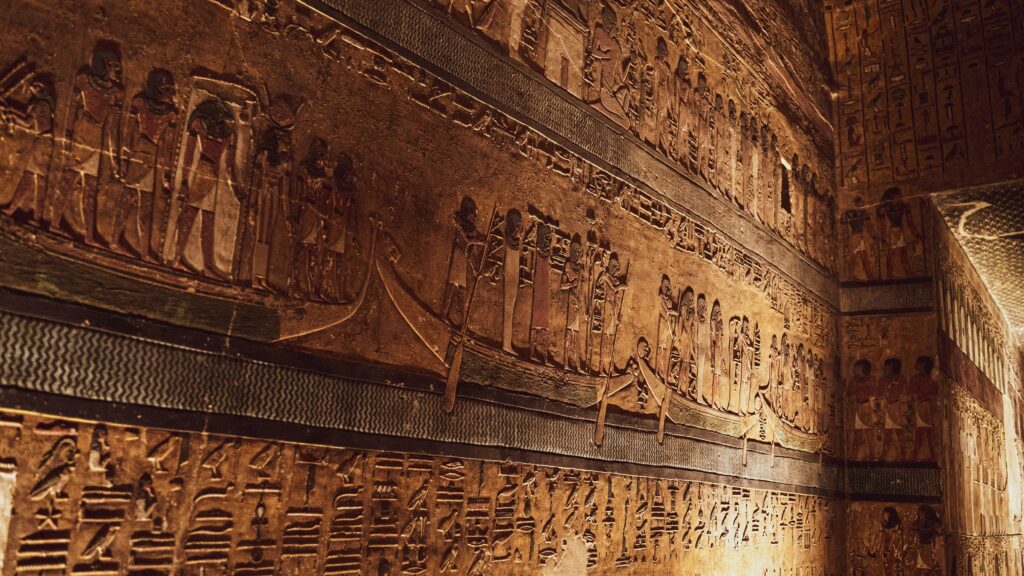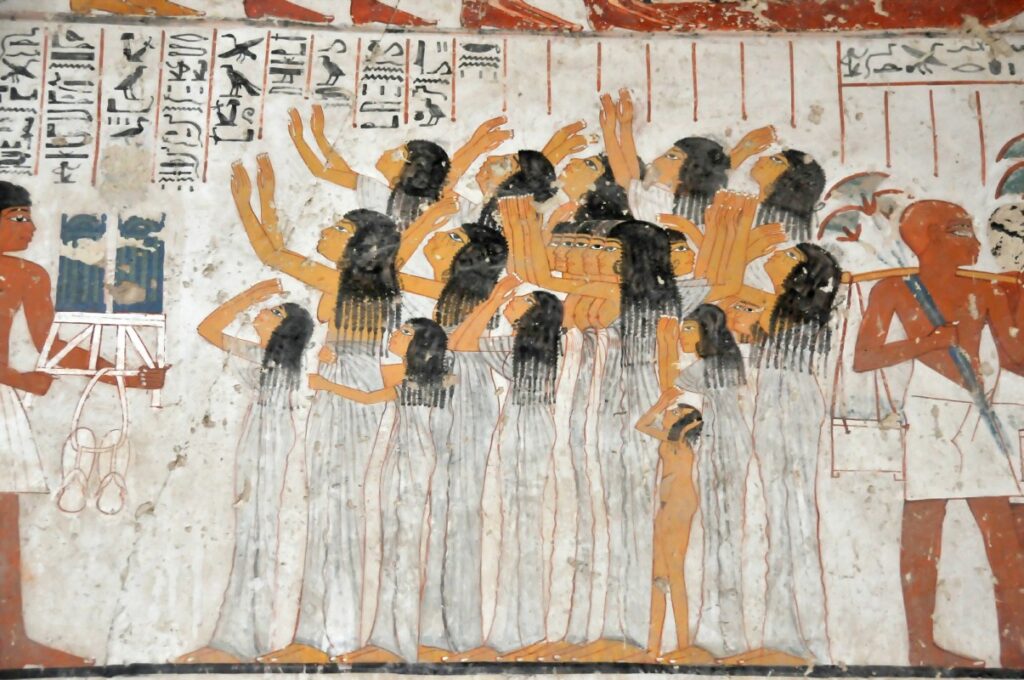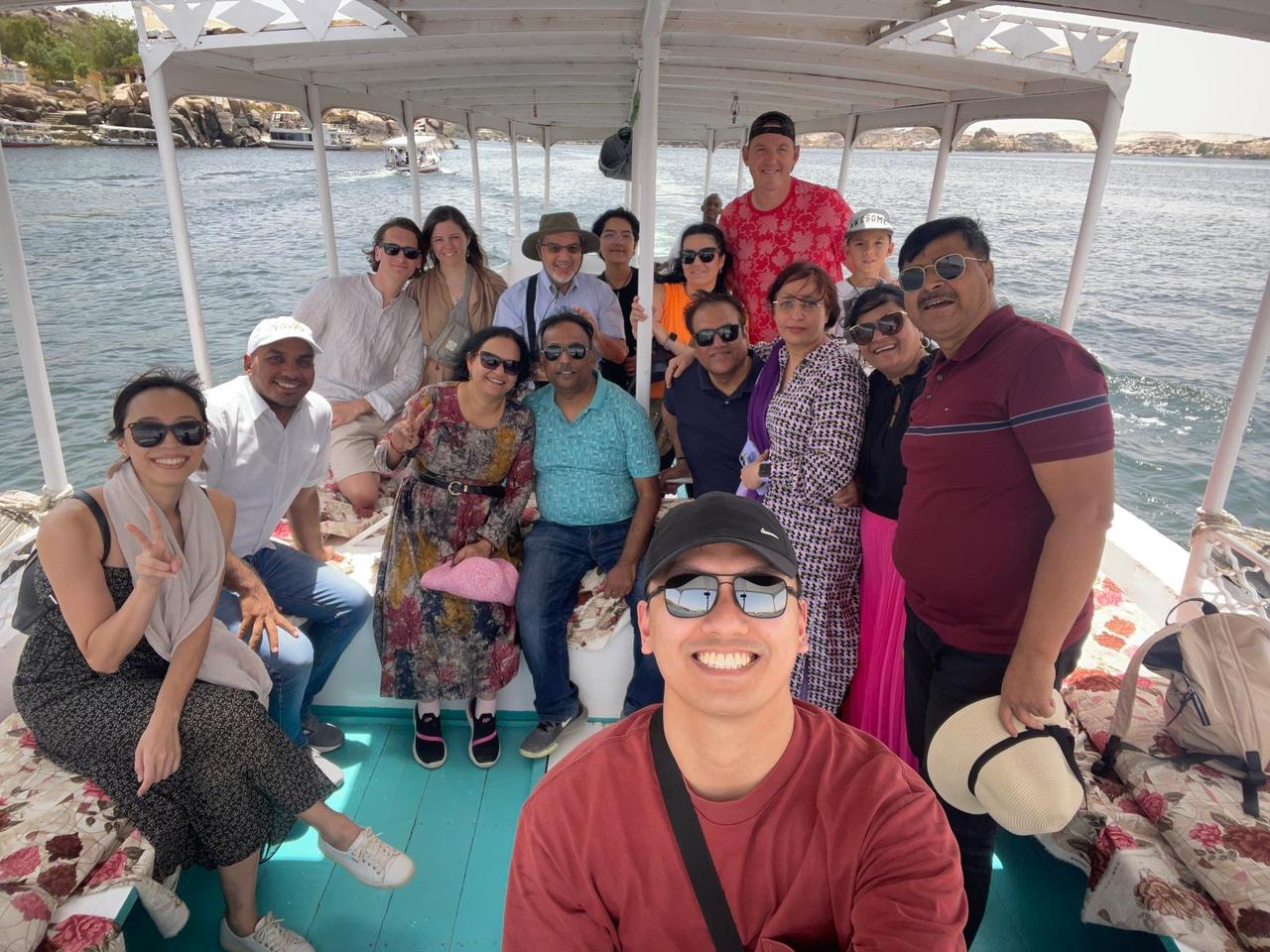
Discover Egypt’s Ancient Treasures: A Complete Guide to Luxor Egypt
Southern Egypt, divided by the Nile River into eastern and western banks, is one of the most historically rich regions in the world. Known for its concentration of ancient monuments, temples, and royal tombs, it offers travelers an unparalleled journey through the grandeur of Egyptian civilization.
With nearly a third of the world’s historical monuments located here, it is no wonder this region has been a major destination for centuries. But what makes it so significant? This area was the ancient capital known as Thebes, the political and religious heart of Egypt during the New Kingdom. This prosperous era saw powerful kings building monumental structures to demonstrate their wealth, authority, and devotion to the gods.
The Eastern Bank
The eastern side of the Nile was the center of religious life, featuring impressive temples dedicated to the god Amun.
Temple of Karnak
The Karnak Temple Complex is one of the largest and most impressive religious sites in the world. Built over centuries, it consists of multiple temples, shrines, and monumental structures, with the Great Temple of Amun-Ra housing the world’s largest hypostyle hall.

Luxor Temple
Connected historically to Karnak, Luxor Temple played a central role in the annual Opet Festival, during which the god Amun was paraded between temples. Originally constructed by Amenhotep III, subsequent pharaohs expanded and enhanced the complex over time.

The Western Bank
In ancient Egyptian belief, the west symbolized death, making the western bank of the Nile the ideal location for necropolises and mortuary temples.
Valley of the Kings
This famed necropolis contains 63 tombs of New Kingdom pharaohs, carved deep into the rock to deter tomb robbers. Only a few tombs are open to visitors, including those of Ramses VI, Seti I, and the world-famous Tutankhamun.

Valley of the Queens
Adjacent to the Valley of the Kings, this necropolis housed the tombs of royal wives and children. The most celebrated tomb belongs to Queen Nefertari, the wife of Ramses II.

Tombs of the Nobles
Located in El-Qurna, these tombs belonged to high-ranking officials and provide a fascinating glimpse into the daily life, politics, and religious beliefs of ancient Egyptians.

Deir El-Medina
This village was home to the artisans who constructed the royal tombs. With approximately 70 houses and decorated tombs, it offers insight into the lives of the workers behind the monuments.

Mortuary Temples
Mortuary temples were constructed to honor deceased kings and provide spaces for ritual offerings. Key temples include:
- Temple of Hatshepsut at Deir El Bahari – Famous for its three-level terraces and elegant design dedicated to Egypt’s most iconic queen.
- Temple of Medinet Habu – Built by Ramses III, noted for its massive size and detailed reliefs depicting battles and victories.
- Other notable temples include the Rameseum of Ramses II, the funerary temple of Seti I, and the Colossi of Memnon, the remains of Amenhotep III’s mortuary temple.
Museums
This region is also home to world-class museums that showcase artifacts from surrounding archaeological sites:
- The Luxor Museum – Established in 1975, it displays a carefully curated collection of statues, jewelry, and ancient artifacts.
- The Mummification Museum – Focused on the tools, techniques, and ceremonial aspects of mummification, including Canopic jars and preserved organs.
Plan Your Egyptian Adventure
Southern Egypt offers an unmatched combination of monumental history, intricate artistry, and breathtaking landscapes. From awe-inspiring temples and tombs to detailed museum collections, travelers can experience the essence of ancient Egyptian civilization.
To explore these magnificent sites and witness the grandeur of Egypt firsthand, it’s time to Book Egypt Travel and embark on a journey through history that you will never forget.





